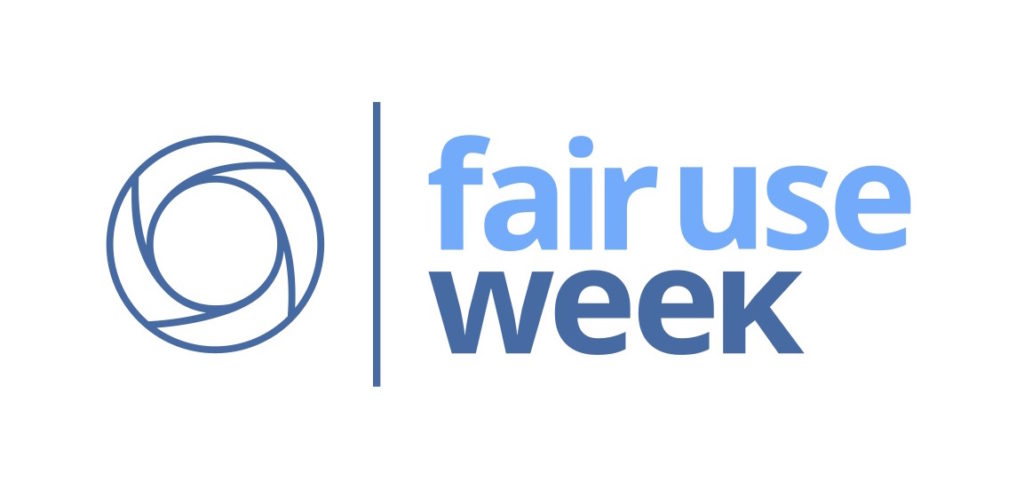
The following is a Fair Use Week guest post by Authors Alliance President Pamela Samuelson.
Faculty members who assign a few scholarly book chapters to their students for nonprofit educational purposes should be able to rely on fair use when posting them on course websites, according to the brief Authors Alliance filed in support of Georgia State University’s (GSU’s) fair use defense in the copyright lawsuit brought by Cambridge University Press (CUP).
GSU’s fair use defense was bolstered by various limits it put on the posting of copyrighted book chapters. Faculty members had to fill out fair use checklists, taking into consideration, among other things, whether the amount assigned was reasonable in light of the pedagogical purpose they had in assigning the materials. Only enrolled students could access the in-copyright materials, they could access them only through password-protected course reserves, and this access was only authorized during the term the students were enrolled in that class or seminar. For the most part, only one chapter per work was assigned. GSU faculty mostly used the online course websites for supplemental materials, having assigned readings from textbooks and other materials that students had to buy. The overwhelming majority of the chapters at issue were scholarly works written by academic authors on specialized topics used for small courses or seminars from works published a decade or more before. All of these factors supported the trial court’s fair use ruling.
The Authors Alliance brief explained that academic author incentives to write scholarly book chapters would, contrary to CUP’s claim, not be harmed and might well be enhanced by such uses of the chapters for GSU classes. Academic authors generally write scholarly book chapters to share the knowledge and insights they have attained with others and hope that publishing the chapters will enhance their reputations for contributions the authors made to their fields. In addition, publishers’ incentives to continue to publish scholarly books should not be harmed by the limited uses GSU faculty and students were making of the book chapters because publishers get the chapters for free and expect to derive revenues largely from sales of books.
The fair use calculus changes if course websites hosting such materials are open to the general public, if multiple chapters from the same book are utilized in online courses, if the chapters are from textbooks relevant to especially large enrollment classes, and if the online course is part of a for-profit enterprise.
This is not to say that such uses could not be fair, but faculty members would be well-advised to be more cautious in posting in-copyright materials, such as book chapters, on course websites under these circumstances.
Fortunately, the proliferation of scholarly articles and book chapters on pre-print servers in various fields, the adoption of open access policies by universities, leading foundations, and government granting agencies, and the greater willingness of publishers to agree to nonprofit educational uses or open access licenses means that there are many scholarly works available to be used for online courses these days. It is unfortunate for authors who assigned copyrights in book chapters or journal articles back in the days when pre-print servers and open access policies were not available that their works will be less widely read than they would wish, but it may be worth asking publishers to be willing to agree to at least limited nonprofit educational uses such as those being made by GSU faculty and students.
That being said, CUP has filed an appeal of the trial court’s findings of fact and conclusions of law that all but a few of the challenged GSU online course reserves uses were fair. Until the appellate court ruling comes down, one cannot be sure that GSU’s uses are fair. Still, the appellate court upheld much of what the trial court held about fair use the last time CUP ruled, and sent the case back for further proceedings under a somewhat revised framework that the appellate court spelled out. Because the trial court carefully followed that revised framework and made findings in line with the appellate court’s guidance, I am cautiously optimistic that the court of appeals will affirm.
For further reading on fair use, refer to the Fair Use FAQ on the Authors Alliance Resources page.
Discover more from Authors Alliance
Subscribe to get the latest posts sent to your email.
